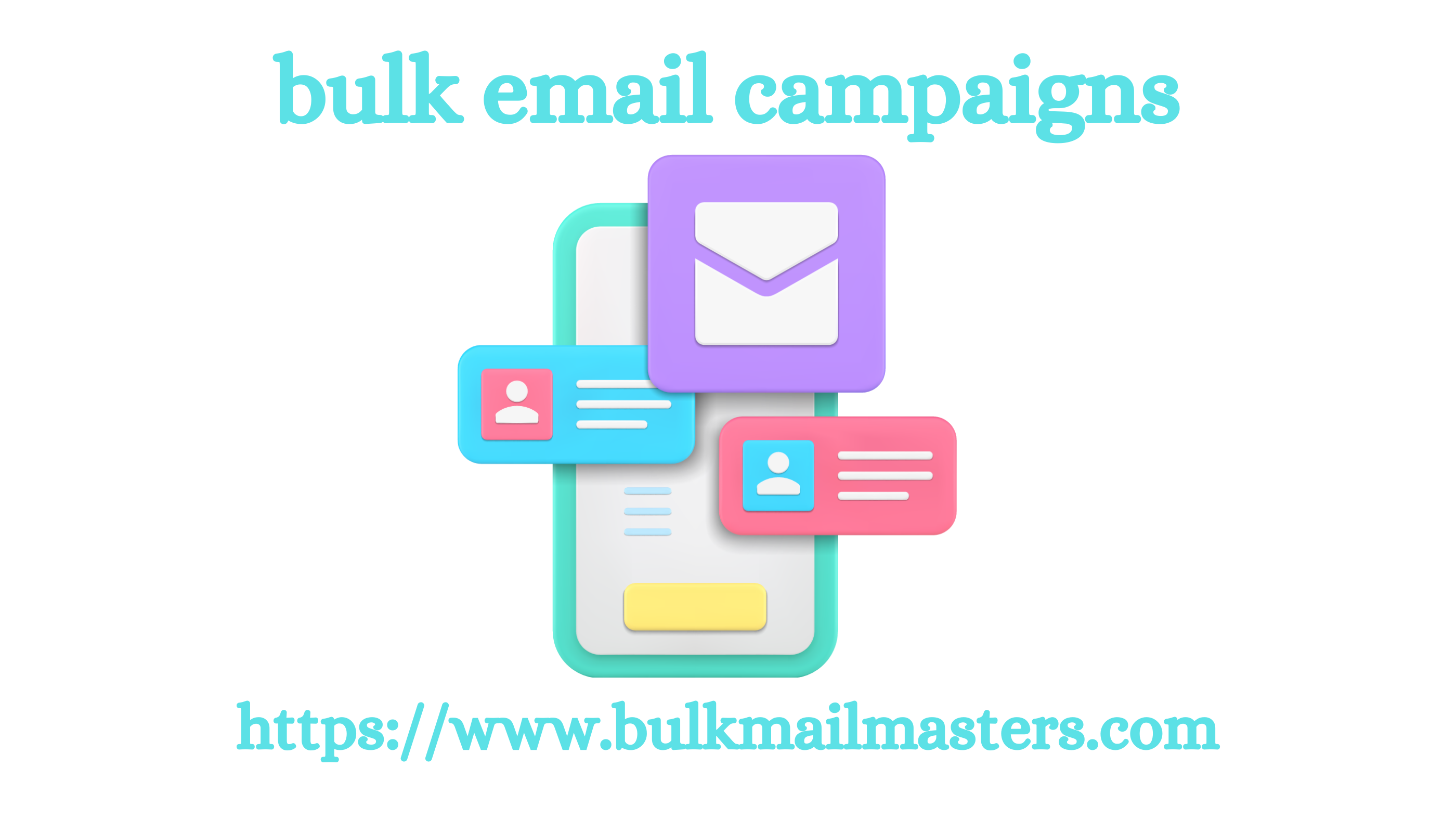Post by hasina789956 on Oct 29, 2024 2:29:09 GMT -5
Sales follow -up or customer follow-up is defined by all the techniques and methods that enable a prospect to be supported from the first contact with the salesperson until the conclusion of the sale, and beyond. It is crucial for your business since it directly impacts turnover and therefore income . However, as you know, your prospects and customers have little time to devote to you and are often over-solicited by a multitude of commercial offers . This trend is accompanied by a multiplication of customer contact points (site, social networks, telephone, Whatsapp, etc.): the latter have omnichannel behavior. In this context, how can you ensure and differentiate your commercial follow-up without appearing intrusive? We offer you 4 areas of reflection to improve your commercial follow-up . New call-to-action Structure your sales team (Re)structuring your sales and marketing teams is the first step to seizing the opportunities offered by digital transformation.
Align the two departments around clear business objectives and put the customer back at the center of your strategy to grow your revenue . 1.1. The SMART method For example, use the SMART method : S for bulk email campaigns specific: be precise M for measurable: use key performance indicators (KPIs) that let you know if the objective is being achieved A for achievable: be ambitious but don’t set the bar too high R for realistic: your objective must be linked to your activity and your market constraints T for time: determine a start and end date 1.2. The OKR method You can determine your objectives with the OKR method (Objective & Key Results in VO), to organize work and align teams. Thus, you will be able to have an overview of the company's objectives with the means that will be implemented to achieve them.

OKRs are divided into objectives and 4 key results over periods of three months in general, to remain agile and to be able to measure progress in real time. Whatever method is chosen, we know from experience that without clear and shared objectives, there is no team alignment. Once the objectives are defined and accepted by sales and marketing, make sure to empower the 2 “departments” : the marketing director commits to a number of qualified (value) leads (volume) to provide to the sales teams The sales team is committed to taking charge of prospects within a specified time , entering the information into the CRM tool (customer relationship management tool), and ensuring follow-up , in particular by reporting back key information so that marketing and customer service can benefit from it.
Align the two departments around clear business objectives and put the customer back at the center of your strategy to grow your revenue . 1.1. The SMART method For example, use the SMART method : S for bulk email campaigns specific: be precise M for measurable: use key performance indicators (KPIs) that let you know if the objective is being achieved A for achievable: be ambitious but don’t set the bar too high R for realistic: your objective must be linked to your activity and your market constraints T for time: determine a start and end date 1.2. The OKR method You can determine your objectives with the OKR method (Objective & Key Results in VO), to organize work and align teams. Thus, you will be able to have an overview of the company's objectives with the means that will be implemented to achieve them.

OKRs are divided into objectives and 4 key results over periods of three months in general, to remain agile and to be able to measure progress in real time. Whatever method is chosen, we know from experience that without clear and shared objectives, there is no team alignment. Once the objectives are defined and accepted by sales and marketing, make sure to empower the 2 “departments” : the marketing director commits to a number of qualified (value) leads (volume) to provide to the sales teams The sales team is committed to taking charge of prospects within a specified time , entering the information into the CRM tool (customer relationship management tool), and ensuring follow-up , in particular by reporting back key information so that marketing and customer service can benefit from it.
